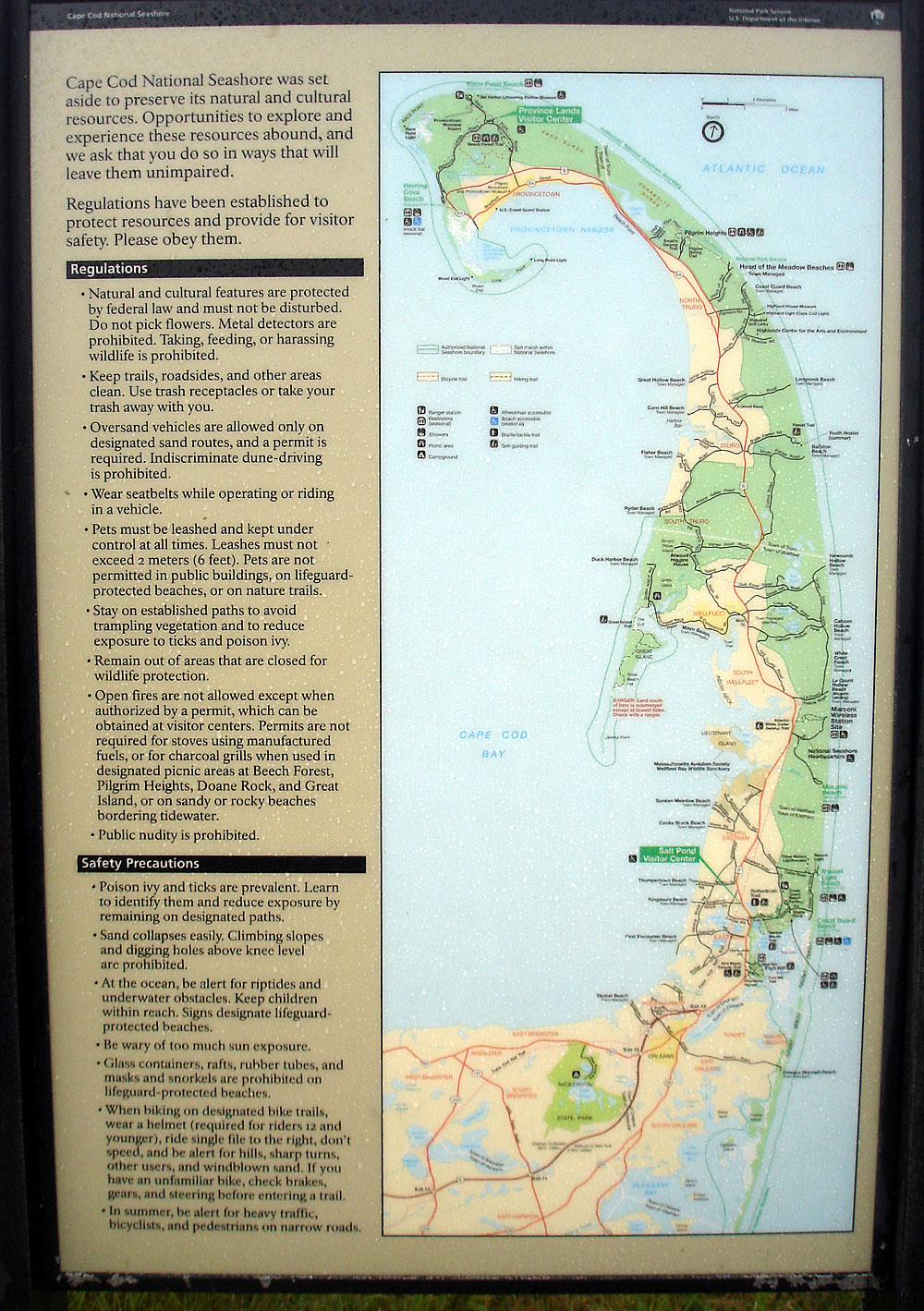
The western snowy plover that nests here is considered "threatened" under the Endangered Species Act.) The preserve is also very rich in raptors and shorebirds. In August and September 2020, drought and wildfires again threaten the Tomales Point elk, leading some conservationists to illegally bring water to the elk north of the fence. The drought in 2012-2015 was also a threat to the elk confined north of the fence on Tomales Point, with nearly half the elk there dying from lack of water. In 1999, 100 elk from Tomales Point were moved to the Limantour wilderness area of the Seashore and above Drakes Beach to Ranch A, as that ranch's long-term lease expired and was not renewed. By 2009, the population climbed to over 440 elk at Tomales Point's 2,600 acres of coastal scrub and grasslands. Although they had been completely extirpated from Point Reyes by the nineteenth century, in 1978, ten tule elk were reintroduced to Point Reyes from the San Luis National Wildlife Refuge near Los Banos. The northernmost part of the peninsula is maintained as a reserve for tule elk ( Cervus canadensis nannodes), an elk subspecies historically native to the region. The National Seashore's 100 miles (160 km) of coastline include estuaries, bays and lagoons which provide rich habitats including subtidal seagrasses, tidal mudflats and marshes that support a rich diversity of wildlife. Point Reyes National Seashore lies at the convergence of two marine ecological provinces (southern Oregonian and northern Californian) and harbors 45% of North America's bird species and 18% of California's plant species. The Seashore also administers the parts of the Golden Gate National Recreation area, such as the Olema Valley, that are adjacent to the Seashore. Other parts are under the jurisdiction of other conservation authorities with the National Park Service providing signage and managing visitor impact on the entire peninsula and Tomales Bay. These were leased back when the park was purchased to continue these historic uses.

Parts of the park are private farms and ranches which have commercial cattle grazing.

The peninsula includes wild coastal beaches and headlands, estuaries, and uplands. The small town of Olema, about 3 miles (4.8 km) south of Point Reyes Station, serves as the gateway to the Seashore and its visitor center. Some services are also available at Inverness on the west shore of Tomales Bay.

The small town of Point Reyes Station, while not located on the peninsula, provides most services to it. The peninsula is part of the Salinian Block while across the fault is the Franciscan Complex the difference in soil composition affects the mix of flora on either side of the fault. The Point Reyes peninsula is a well defined area, geologically separated from the rest of Marin County and almost all of the continental United States by a rift zone of the San Andreas Fault, about half of which is sunk below sea level and forms Tomales Bay.

All of the park's beaches were listed as the cleanest in the state in 2010. Clem Miller, a US Congressman from Marin County wrote and introduced the bill for the establishment of Point Reyes National Seashore in 1962 to protect the peninsula from development which was proposed at the time for the slopes above Drake's Bay. Some existing agricultural uses are allowed to continue within the park. As a national seashore, it is maintained by the US National Park Service as an important nature preserve. Point Reyes National Seashore is a 71,028-acre (287.44 km 2) park preserve located on the Point Reyes Peninsula in Marin County, California.


 0 kommentar(er)
0 kommentar(er)
